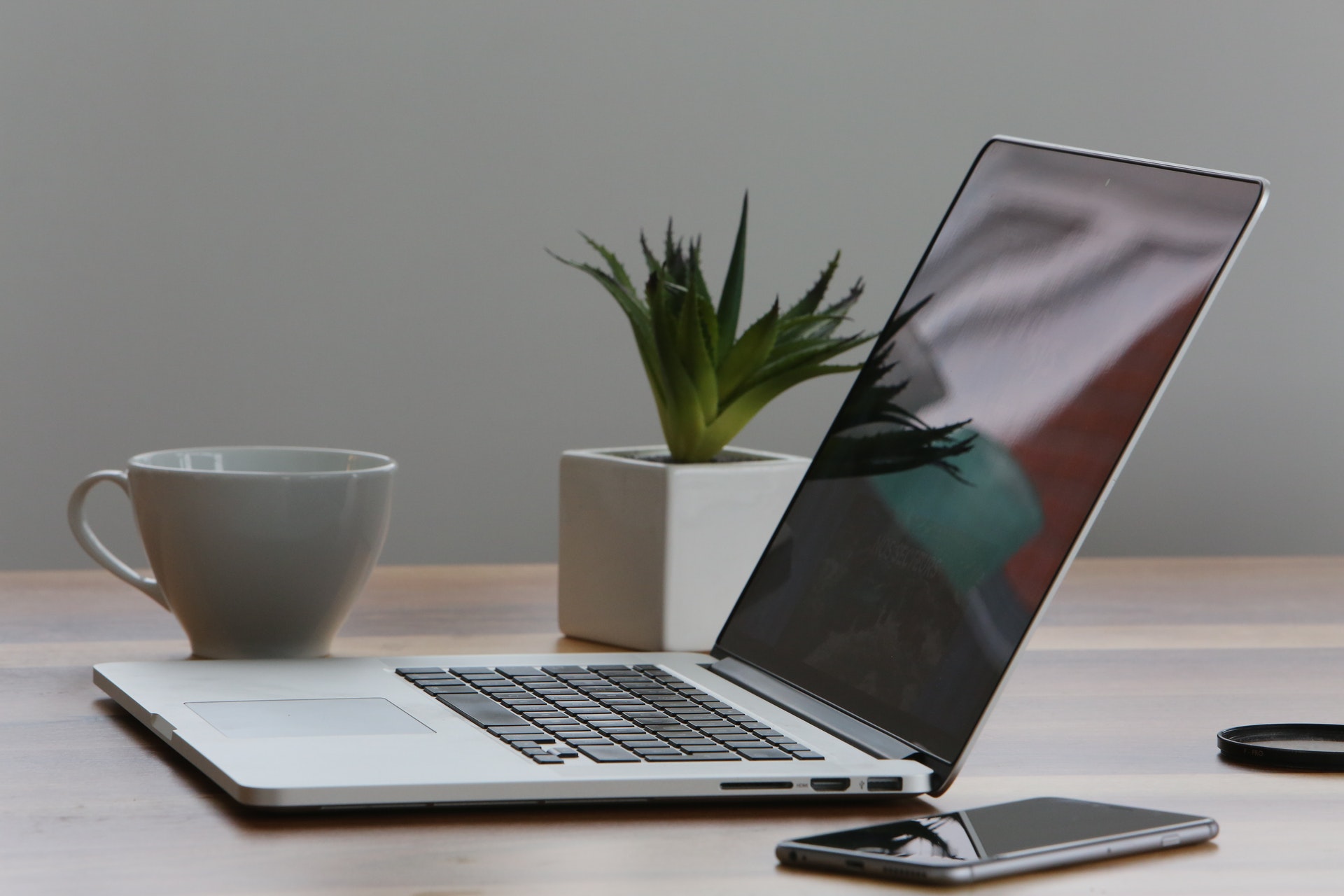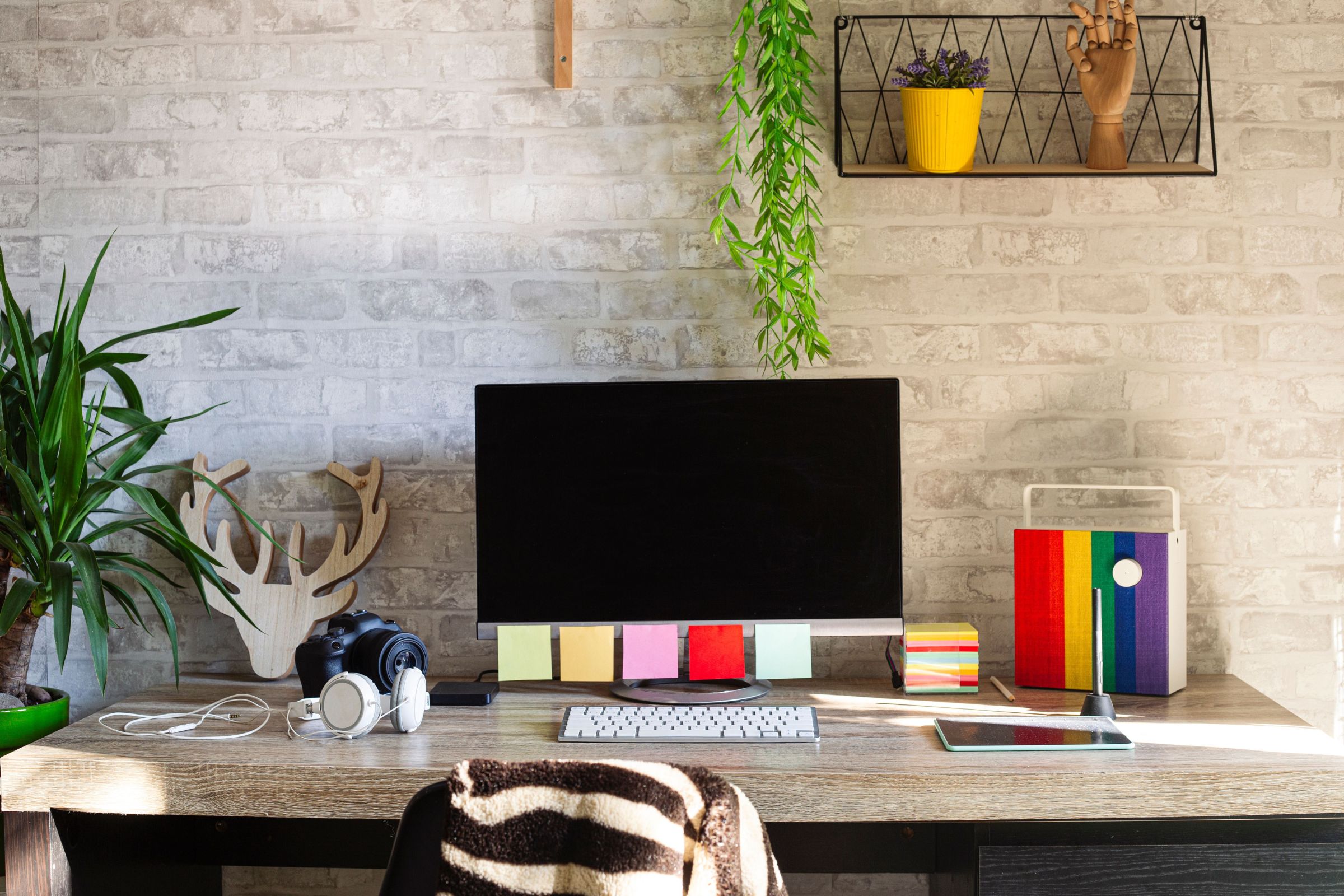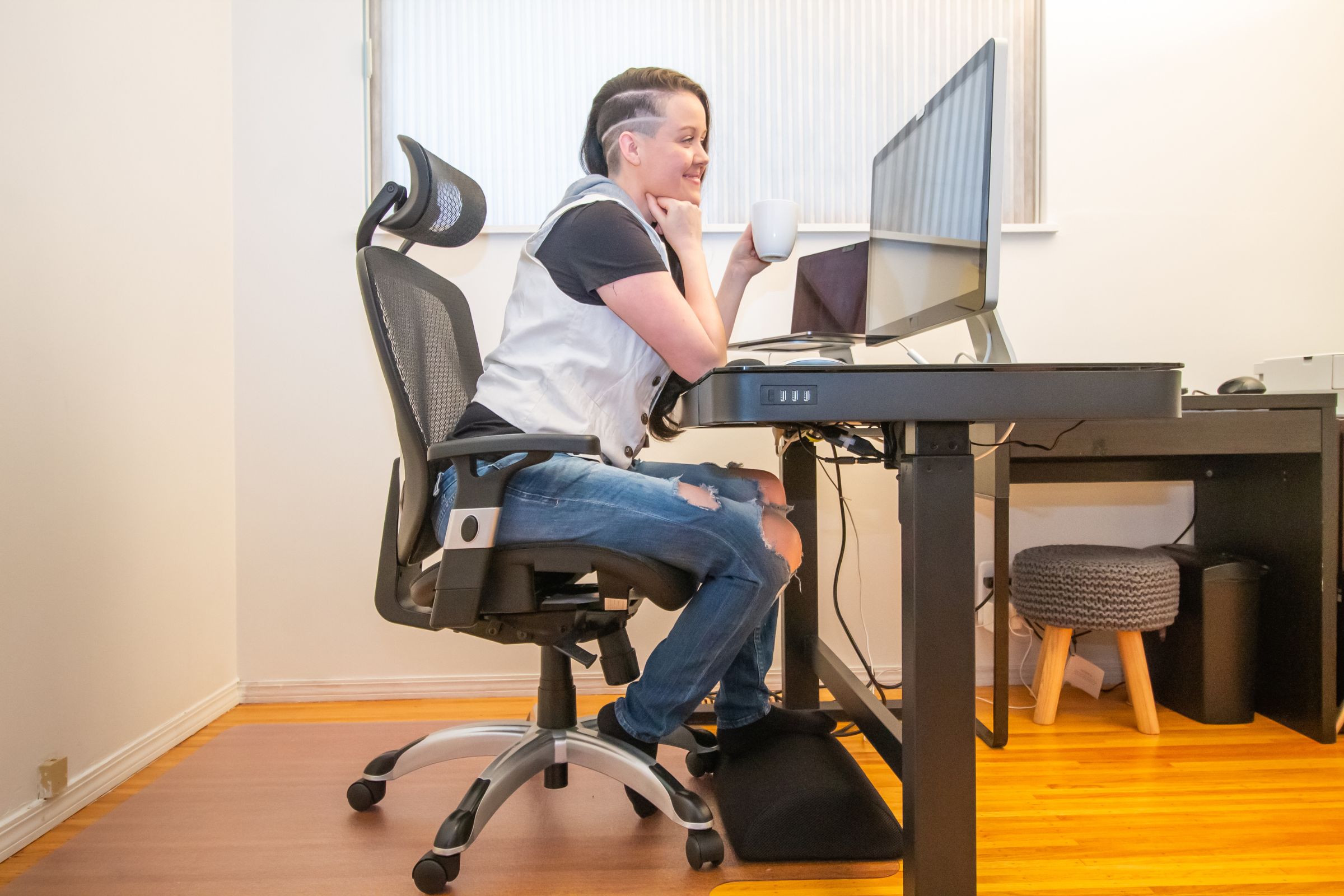Transforming Challenges into Opportunities Working in a small office space often comes with unique challenges.…

Ergonomics and the Workspace Post-COVID-19
Work life today is not what it was just a few months ago – and many predict the pandemic will have long-term effects on the way we work.
For many businesses, work looks very different today than it did at the beginning of the year. In a recent Facility Executive article, Dan Ryan highlights the long-term impact the pandemic may have on office space and how employees work. In this article, we’re exploring several of these changes more in-depth, along with the role of ergonomics in the near-future of workspaces.
Work Flexibility Becomes More Standard
Remote work and more flexible work arrangements were on the rise well before the advent of the current pandemic. According to the 2019 Workplace Report from Ted Moudis Associates, 26% of work environments use activity-based working – an office design system that allows employees to use the type of workspace they need for each task, from collaborative to focused spaces.
Ryan states that the abrupt shift many have made to remote working has shown executives the feasibility and even benefits of a remote workforce. In light of this, more employees may continue working from home even after the pandemic has subsided. This not only reduces the amount of needed office space, but also allows employers to geographically widen their search for new talent.
Solo Workspaces are in Greater Demand
The open office designs popular in today’s modern workspaces made the move to work-from-home especially important in fighting the spread of COVID-19. Prior to the pandemic, studies had already found that open workspaces were having a negative effect on work environments and employees – rather than encouraging collaboration, these open office layouts cause workers to withdraw from each other and reduce overall productivity.
With the COVID-19 pandemic, the value of social distancing is even more obvious and tangible for employees and executives. Solo and more distanced workspaces will be in greeted demand by workers returning to traditional office environments. To accommodate this need, companies will need to re-evaluate office layouts and the way that available space is used.
Ergonomic Remain Critical for Employee Wellness
Employee safety and health will obviously be a foremost concern for executives and management teams as organizations work to move forward. While that discussion will certainly include strategies to prevent the spread of COVID-19, it should also involve planning for team members to have fully-ergonomic workspaces. It also gives employers further opportunity to invest in their teams and show interest in employee well-being.
With more flexible workspaces and a more remote workforce, ensuring the ergonomic health of employees can become more challenging to manage. This makes it vital that organizations are strategic and proactive to implement effective ergonomic work arrangements for all team members. An established ergonomics program and remote ergonomic evaluations can help to make this process more efficient.
For the office, employers should provide workspaces designed for different types of work (activity-based working) that are designed with adequate space and the ability to work ergonomically in multiple positions. For those working remotely, companies should work with the employees to provide them with an adjustable, ergonomic set-up for their home workspace – including an ergonomic chair and height-adjustable work surface or monitor arms at a minimum. This will allow employees to better maintain comfort and productivity throughout the workday, while working from home.
Conclusion
The modern workspace was already transforming prior to the COVID-19 pandemic; current events are certain to accelerate the change towards a more flexible, remote workforce – and an “office” that looks very different from what many are still used to. Through this transitional stage and into the future, companies can make it a better, safer experience for their employees by ensuring ergonomic designs for work environments at the office and at home.
For more information on ergonomic solutions for the office and the home office, we recommend checking out the Ergonomic Workstation Packages offered in our online store – or contact us to customize your personal workspace solution.
Looking to improve productivity and your ROI with activity-based working?
Download our worksheet that outlines the steps for successful implementation of an ABW program.


